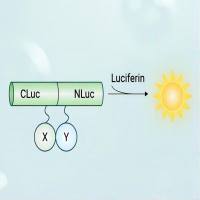Methods for Imaging Cell Fates in Hematopoiesis
互联网
520
Modern imaging technologies that allow for in vivo monitoring of cells in intact research subjects have opened up broad new areas of investigation. In the field of hematopoiesis and stem cell research, studies of cell trafficking involved in injury repair and hematopoietic engraftment have made great progress using these new tools. Multiple imaging modalities are available, each with its own advantages and disadvantages, depending on the specific application. For mouse models, clinically validated technologies such as magnetic resonance imaging (MRI) and positron emission tomography (PET) have been joined by optical imaging techniques such as in vivo bioluminescence imaging (BLI) and fluorescence imaging, and all have been used to monitor bone marrow and stem cells after transplantation into mice. Each modality requires that the cells of interest be marked with a distinct label that makes them uniquely visible using that technology. For each modality, there are several labels to choose from. Finally, multiple methods for applying these different labels are available. This chapter provides an overview of the imaging technologies and commonly used labels for each, as well as detailed protocols for gene delivery into hematopoietic cells for the purposes of applying these labels. The goal of this chapter is to provide adequate background information to allow the design and implementation of an experimental system for in vivo imaging in mice.









